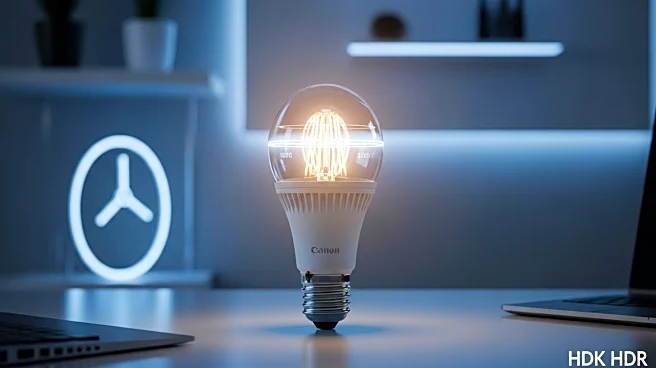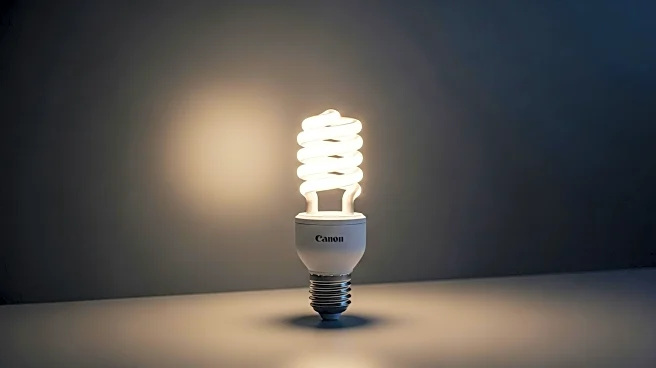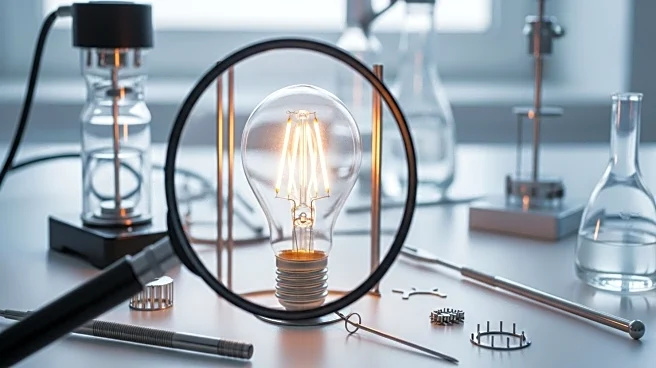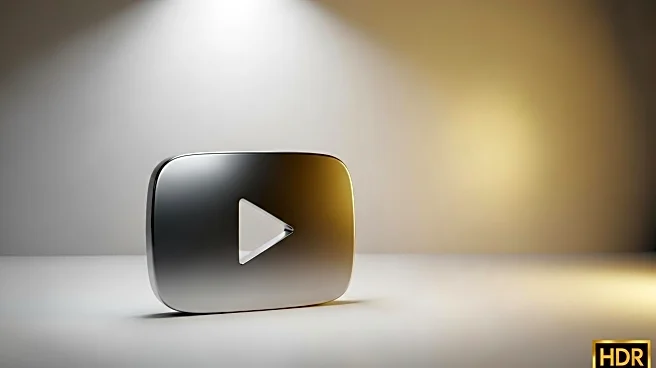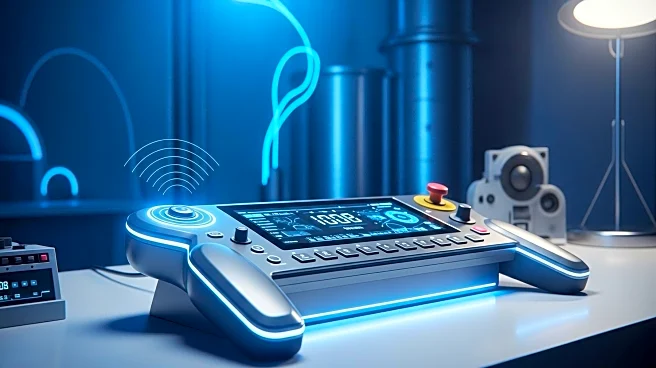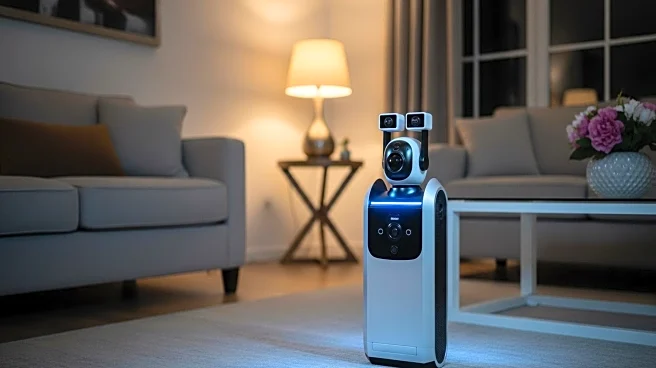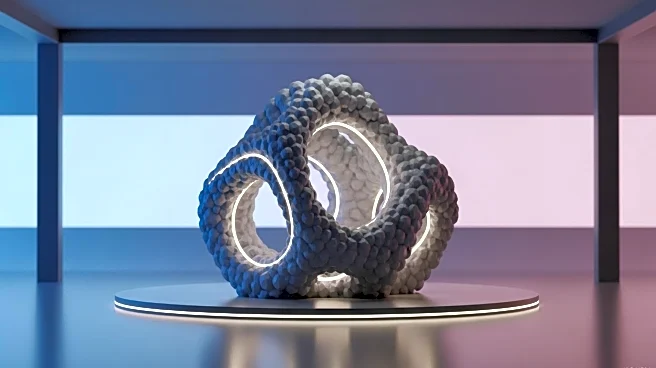What's Happening?
LED lights, known for their energy efficiency and long lifespan, are facing issues of early failure and flickering. According to experts, these problems are often due to factors such as overheating, poor quality control, and unsuitable electrical conditions. Manufacturers are working to address these issues by improving the quality of components like drivers and converters, which are more prone to failure than the LEDs themselves. Additionally, the environment in which LEDs are used, such as high temperatures or humidity, can also affect their performance.
Why It's Important?
The reliability of LED lighting is crucial for consumers and businesses looking to reduce energy costs and environmental impact. Early failures can lead to increased expenses and frustration, undermining the benefits of switching from incandescent bulbs. As smart lighting systems become more integrated with home automation and AI technologies, ensuring their durability is essential for maintaining consumer trust and promoting wider adoption. Addressing these issues can also enhance the reputation of manufacturers and encourage investment in smart home technologies.
What's Next?
Manufacturers are likely to continue improving the design and materials used in LED bulbs to enhance their durability. Consumers may see more robust products with better heat dissipation and improved electrical components. Additionally, there may be increased emphasis on educating consumers about proper installation and usage to maximize the lifespan of their LED lights. As the market for smart lighting grows, companies may also focus on integrating more advanced features that can adapt to different environmental conditions.

